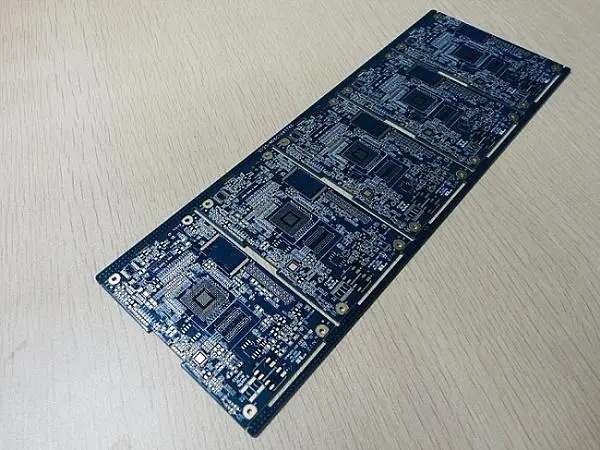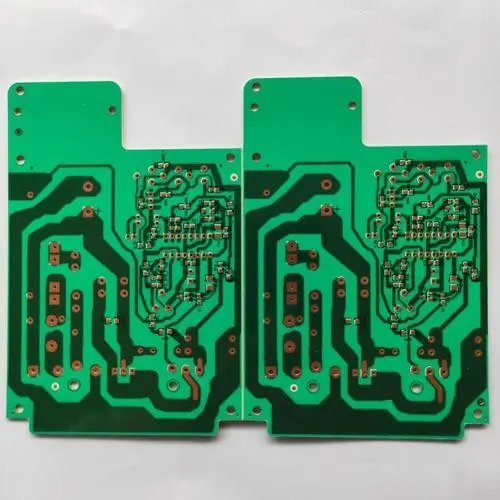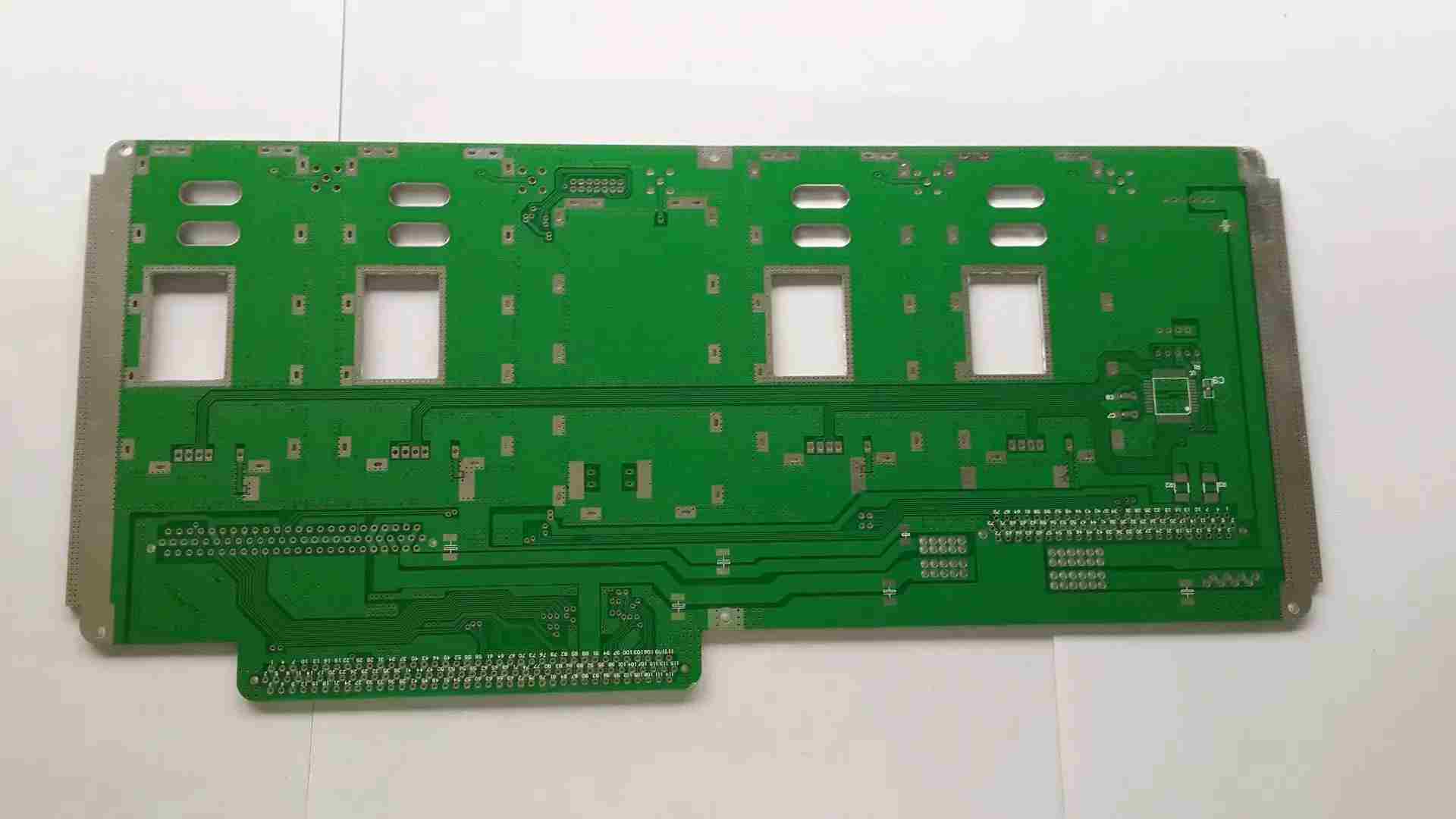
EMC design and sharing of ground wire design in PCB design
Ground wire design
Ground wire noise refers to the grounding noise caused by potential difference between ground wires of various parts of the system or grounding impedance. Due to the problem of ground potential difference in the grounding system, the corresponding grounding method must be selected according to the characteristics of PCB in the grounding process of product design. In the design of electronic products, grounding is an important method to control interference. If grounding and shielding can be correctly combined, most interference problems can be solved. The ground wire structure in electronic products generally includes systematic ground wire, chassis ground wire, digital ground wire and analog ground wire. Attention shall be paid to the following points in the design of ground wire:
(1) The grounding wire shall be thickened as much as possible. If the grounding line is very thin, the grounding potential will fluctuate with the change of current, causing the timing signal level of electronic products to be unstable and the anti noise performance to be reduced. Therefore, the grounding wire should be thickened as much as possible during design, so that it can pass three times the allowable current of the printed circuit board. If possible, the width of the grounding wire shall be greater than 3mm

(2) Select the grounding method correctly. The purpose of single point grounding is to prevent common impedance coupling caused by current and RF current from two subsystems with different reference levels passing through the same return path. This grounding method is suitable for low frequency PCB and can reduce the influence of distributed transmission impedance. However, in high frequency PCB, the inductance of the return path becomes the main part of the line impedance at high frequency. Therefore, in order to minimize the grounding impedance in high frequency PCB, multi-point grounding method is usually used. The most important thing for multi-point grounding is to minimize the length of grounding lead, because longer lead means greater inductance, thus increasing ground impedance and causing ground potential difference. The hybrid grounding structure is a combination of single point grounding and multi-point grounding. This structure is commonly used when there are high and low mixed frequencies in PCB, that is, single point grounding appears at low frequencies, while multi-point grounding appears at high frequencies.
(3) Separated digitally from analog. There are both high-speed logic circuits and linear circuits on the circuit board. They should be separated as far as possible. The ground wires of the two should not be mixed and should be connected to the ground wire at the power supply end. The ground wire of low-frequency circuit shall be grounded in parallel at a single point as far as possible. If the actual wiring is difficult, it can be partially connected in series and then connected to the ground in parallel. High frequency circuit should adopt multipoint series grounding, the ground wire should be short and thick, and grid shaped large area ground foil should be used around high-frequency components as far as possible. The grounding area of linear circuit shall be increased as much as possible.
(4) The grounding wire forms a closed loop. When designing the ground wire system of printed circuit board composed of digital circuits only, making the ground wire into a closed circuit can obviously improve the anti noise ability. Because there are many integrated circuit components on the printed circuit board, especially in the case of components that consume much power, due to the limitation of the thickness of the grounding wire, large potential differences will be generated on the ground wire, causing a decline in noise resistance. If the grounding wire is formed into a loop, the potential difference will be reduced, and the noise resistance of electronic equipment will be improved.
(5) Use optical isolator to cut off ground loop interference. Optical connection usually includes optical coupler and optical fiber connection. The parasitic capacitance of optical coupler is generally 2pF, which can provide good isolation for high frequency. There is almost no parasitic capacitance in optical fiber connection, but the price is high and the installation and maintenance are inconvenient.
3 Bypass and decoupling design
Bypass refers to the transfer of unwanted common mode RF energy from components or cables. The main function of bypass capacitor is to generate an AC component, so as to eliminate unnecessary energy entering the sensitive area. Decoupling refers to the removal of RF energy entering the distribution network from high-frequency components during component switching. The main function of decoupling capacitor is to provide a local DC power supply to components, so as to reduce the transmission of switching noise on the board, And guide the noise to the ground. Circuit board assembly, circuit board design, and circuit board processing manufacturers explain the sharing of EMC design ground wire design in circuit board design.









